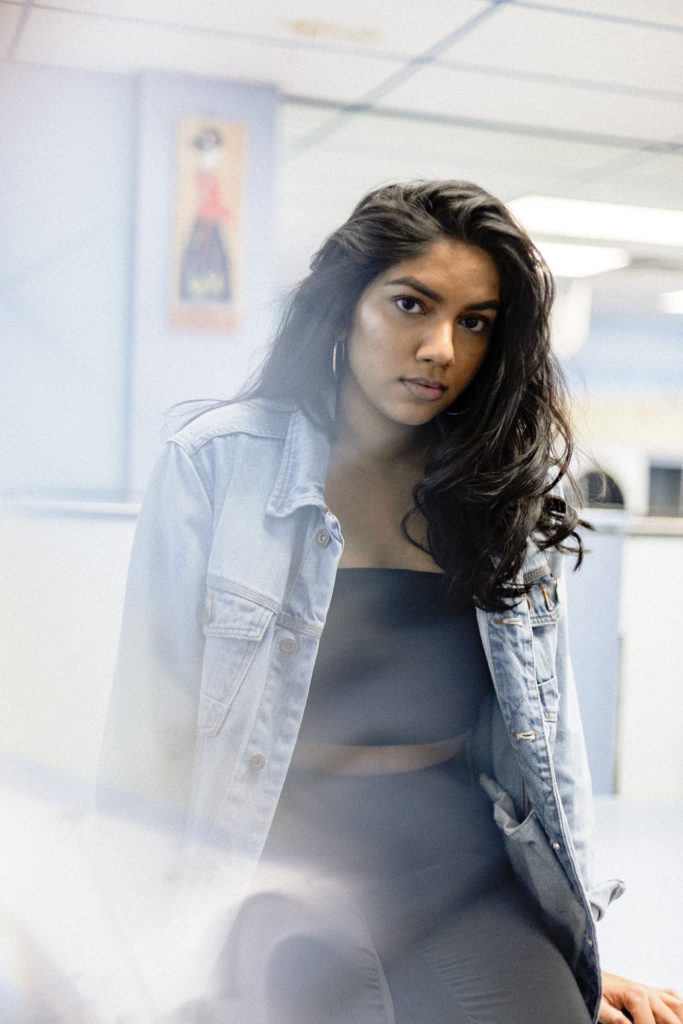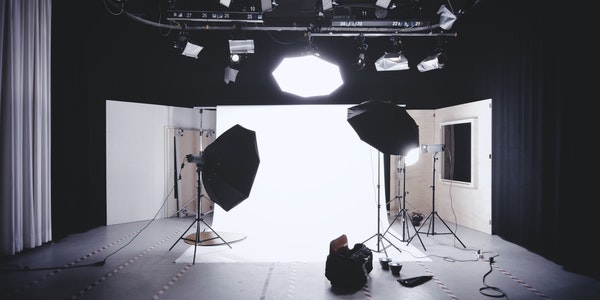Changes in light in sunny days: forward light, metering, backlighting, top light, sunny shadows and how to shoot. Shooting of cloudy, cloudy, rainy, snowy, and foggy. Matters needing attention when shooting sunrise and sunset. Method of shooting at night. Features of indoor natural light and precautions for shooting.
Light: It is a pen used by photographers to paint. Light energy shapes the subject, creates a unique atmosphere and adds mood. Photographers must be familiar with the characteristics of light, master the laws of light, and use light well.
The types of light sources are roughly divided into two categories: natural light and artificial light.
Natural light comes from the sun’s rays and the sunlight, moonlight and stars reflected from the vast sky.
Artificial light includes fire light, light, etc.
Natural light is the main light source for photography, and it changes due to changes in weather, time, and geographical environment. In this chapter, the changes of natural light in the virtual table and the corresponding shooting methods.
The influence of light changes on exposure has been introduced in the chapter “Exposure Control”. Here we discuss the different effects caused by various changes in light and the special requirements for shooting.
Table of Contents
Shooting in various weather conditions
Weather changes are divided into: sunny, cloudy, overcast, rain, snow, fog, etc. Different weather and different lighting conditions directly affect the shooting effect.
Light changes in sunny days and shooting methods
On a sunny day, the brilliant sunlight shines on the scene, which will cause the scene to have an obvious light-receiving surface and backlit surface, and make the scene produce a clear projection.
As the position of the sun changes, the light receiving angle and light receiving range of the scene change accordingly.
The changes in the light receiving conditions of the scene can be divided into several situations such as forward light, side light, side backlight, back light and top light, and under the shadow of a sunny day.
(1) Features and performance methods of forward light
In the forward light, the light comes from the front of the scene, and the scene has the largest light-receiving area, and the light is evenly received.
Advantages and disadvantages of taking pictures with forward light:
Advantages:
1) The subject’s light is evenly received, and the exposure is relatively easy to grasp. The average light metering method can make the subject’s scene get the correct sensitivity;
2) The photographed scenery is closest to its prototype, which is more conducive to the expression of texture;
3) The colors can be restored correctly, with high saturation and vivid colors.
Because of the above-mentioned characteristics of smooth light, novice photographers are the easiest to master exposure, and they are also willing to use this kind of light.
Disadvantages:
1) The projection of the subject is almost invisible, the picture lacks contrast between light and dark, and the stereo perception is poor.
2) The subject and the background receive the same light conditions. There is no significant change in the brightness and tone of the distant and near objects, and the performance of the sense of spatial depth is also poor.
From a professional point of view, forward light lacks expressiveness, and the photos taken are mostly two-dimensional planes, lacking a sense of three-dimensional space. Therefore, photographers mostly use side light and backlight.
In addition, when shooting people in the light, the subject is likely to feel the light is dazzling, which is very uncomfortable.
However, if the subject is a large scene that requires average use of light, or when there is no need to pursue a sense of three-dimensional or spatial depth, the use of smooth light meets the needs of performance.
(2) Features and performance methods of side light
In side lighting, the light comes from the side of the subject, one side of the scene receives light, and the other side is in shadow. According to the ratio of the light-receiving area and the shadow part, it can be subdivided into oblique side light and side light.
When the oblique side light is used, the light-receiving area of the subject is larger than the area of the shadow part, and the light comes from the front left or right side of the subject, which is the front side light. The strong contrast of light and dark makes the scene appear three-dimensional.
In side lighting, the light comes from the right or left side of the subject, and the light-receiving area and shadow area of the scene are roughly the same. The whole scene is bright and dark, showing a strong three-dimensional shape and a sense of three-dimensional space.
Sidelight is the most commonly used light in photography. The advantages are:
1) Conducive to the expression of three-dimensional and spatial depth;
2) Conducive to showing a clear outline of the subject;
3) Conducive to the performance of the level of tone and contrast.
Its limitations are: the contrast between light and dark is large, and the contrast of tones is strong, which is not conducive to expressing the texture of the details of the scene.
When the contrast is too great, the method of supplementary light should also be used to make the light and dark sides of the subject scene appear to have shadow lines, thereby enhancing the performance of the level of rigidity.
If you want to pursue the performance of texture and fine shadow lines of the scene, metering is not suitable. The side light performance color is not as good as the forward light effect.
(3) Characteristics and performance methods of backlighting
When backlit, the light comes from the side or back of the subject. Backlight is also called contour light. Divided into side backlight and backlight.
When the side is backlit, most of the subject is in shadow, and only the bright part appears on the back oblique side. At this time, the outline of the subject is sharp.
Features of backlighting:
1) Only the edge outline of the subject is illuminated by light, which outlines the outline of the entire scene, and the light is vivid. Conducive to the performance of the outline of the scene.
2) It can strongly express the sense of spatial depth and three-dimensionality, but it is not conducive to the performance of the level of scenery.
3) Can’t express delicate texture, backlight is not conducive to color restoration and performance.
Backlight photography is generally based on the shadow of the scene to light. It should be noted that the photosensitization should be correct and sufficient.
In addition, when the angle of light irradiation is low, the background brightness of the scene or the brightness of the bright part of the screen can be used for light exposure, which can produce a silhouette effect.
For example, at sunrise and sunset, the sky can be used as the basis for exposure, and people can be photographed as silhouettes to create vivid and interesting pictures. When shooting a silhouette of a person, the person generally appears in profile, which helps to express the silhouette.
In short, there is no fixed mode for lighting, and the use of light should be selected according to the characteristics of the subject, the content of the performance, the situation of the scene light, and the different modeling characteristics of the various subjects.
For example, backlight cannot express delicate texture. If you need to pursue texture performance, you should choose forward light and scattered light.
(4) Features and performance methods of top light
Top light refers to the light from the top of the subject. The protruding parts of the scene will produce projections in the recesses, the light is strong, the contrast between light and dark is great, and the tonal contrast is rigid.
Generally, the top light should be avoided when shooting. This kind of light should be used when the top light is needed to express the outline of the subject.
When shooting people with top light, heavy shadows will appear in the eye sockets, the lower end of the nose, and the bottom of the chin, and the phenomenon commonly known as “panda eyes” will appear.
If you are not shooting with overhead light, use auxiliary light to eliminate or weaken the shadows.

(5) Characteristics and performance methods in the shadow of sunny days
The light in the shadow of a sunny day does not come directly from the sun, but from the reflection of the sky and the environment.
All parts of the scene receive uniform light, and the light is soft, because it is scattered light, there is no distinction between light and dark sides of the scene.
Due to the above-mentioned characteristics of light in the shadow of a sunny day, it is conducive to the performance of the details and delicate texture of the scene.
Using this kind of light to photograph people can give a delicate expression of the skin texture, especially for women and children, which can make their skin appear smooth and tender.
Because the composition of light in the shadow of a sunny day is different from that of daylight, when shooting color films, there are more blue-violet light components, which is prone to color cast. Shooting in the shadow of a sunny day is also not conducive to expressing the three-dimensional sense of space and the sense of spatial depth of the picture.
Cloudy weather and photography performance
In cloudy weather, the clouds cover the sun, the sunlight becomes scattered, and the brightness of the entire sky and ground scenes is not very dark, but relatively bright.
The light is scattered, soft and uniform, which is very conducive to the performance of delicate texture and fine shadow lines. It is ideal for shooting portraits, especially for women and children.
Shooting color film, the scene color is soft and bright, which is conducive to the correct presentation of the color.
Shooting delicate texture of still life, can well show the fine texture of the texture. Still life such as knitwear, porcelain or glassware.
The light of cloudy weather is closer to the spectral composition of sunlight, the light is sufficient, and the exposure is easy to grasp. It can be said that cloudy weather is the ideal shooting time for certain shooting subjects.
However, the three-dimensional sense of the scenery and the sense of spatial depth in cloudy weather are poor.
Shooting under cloudy conditions
Cloudy sky refers to the weather in which dark clouds cover the sun, and the entire sky and ground scenes are very dim.
On cloudy days, the overall light is weak and the exposure is difficult to grasp, so you should pay attention to full exposure.
The cloudy scene receives the light evenly, there is no difference between the light and dark sides, it loses the sense of hierarchy, is flat and lacks vitality.
When shooting natural scenery on a cloudy day, you should choose images with different sceneries such as foreground, middle ground, and background to create a sense of spatial depth.
It is not suitable to shoot portraits on cloudy days, as the light will lose its brilliance.
Color casts appear when shooting color films on cloudy days. When shooting on a cloudy day, bright colors should be used to decorate the picture to enhance the vitality of the picture.
For example, pay attention to using red, yellow and other high-brightness and bright colors to pretend to be dead or let the subject wear brightly colored clothes to enhance the performance of colors and make the picture vivid.

Shooting under rainy conditions
The light changes in rainy days are complex and changeable, and the exposure should be constantly adjusted according to the changes in light to ensure correct light sensitivity.
The rainy scene has the following characteristics:
1) Rain, water vapor, and fog are permeated, the natural scenery is rich in layers, the colors are rich and light, and there is a special atmosphere, artistic conception and taste;
2) The image of the scene is hazy, looming, vivid and full of change;
3) The light is soft and the scene contrast is small;
4) Water on the ground area can reflect light, increase the brightness of the environment, cause reflections of the scenery, and increase the interestingness of the picture. Especially when shooting night scenes, the colors are more vivid.
(To Be Continued)
